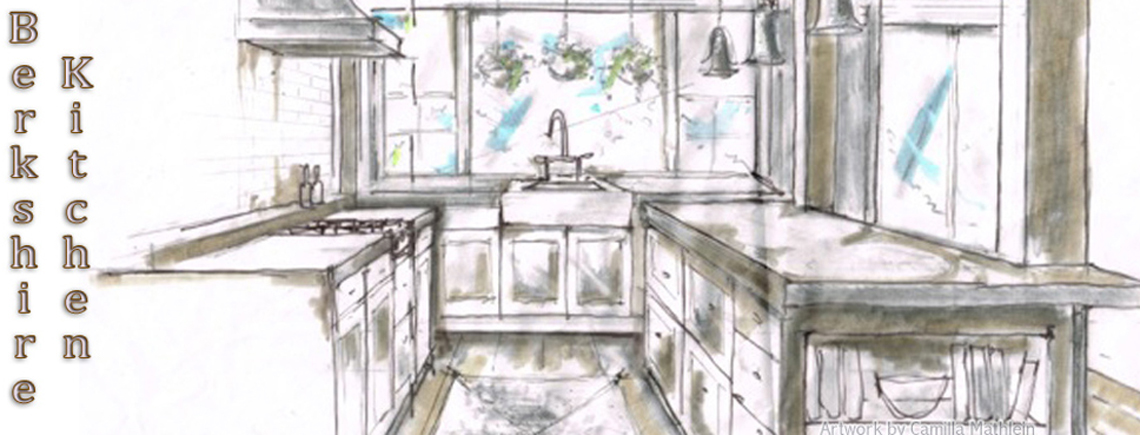Cornish Pasty
“Well, the leaf peepers have been out in droves this year.” That’s the term the locals use to describe tourists who come to admire our beautiful fall foliage. Living here year round, I never tire of the ever changing landscape. Whether it be flora or fauna, there’s often something beautiful lurking around the bend.
Those who have visited the northwest corner of Connecticut probably noticed that many towns were named after their English counterparts… Salisbury, Kent and Cornwall to name a few. West Cornwall is home to a covered bridge which offers beautiful photo ops for locals and tourists alike. The town is named after the county of Cornwall in the United Kingdom. Incorporated way back in 1740, early settlers brought many of their traditions and recipes to the new world.
One of the most iconic recipes from Cornwall (England) is the Cornish Pasty. Note the name “pasty” - not “pastry” - is derived from the old Medieval French word, “paste,” which means pie. It’s similar in style to an empanada. Filled with meat and vegetables, it was a wholesome meal for workers mining tin. Folklore says that the traditional half moon shape with a thick edge was perfect for the miners as they would hold it by the crust, then toss out the piece they touched. Mines were often filled with arsenic dust and so they were very careful about not putting anything they touched into their mouths.
The classic recipes use a little salt and a heavy dose of black pepper for spice but I add a dash of Worcestershire sauce for flavor. Making Cornish Pasties is a perfect way to use leftover meat and the little pockets of deliciousness are handy to bring on autumn walks. It’s also a great way to use up smaller portions of autumn vegetables. It’s important to cut the vegetables into tiny cubes (1/4” if possible) as larger cubes are easier to poke through the dough while baking. Uniformly cut vegetables will all cook at the same rate. Let the mixture cool a bit before stuffing into the dough - it it’s too hot it might cause the dough to melt and stick.
CORNISH PASTY
Makes 8 small or 4 large pasties
Ingredients
1 1/2 cups cooked beef (steak, roast or ground)
1 cup sweet onion, diced
Canola oil for sauté
1 cup Yukon Gold (waxy) potatoes, cubed
1/2 cup carrots, cubed
1/2 cup rutabaga or turnip
1/2 teaspoon salt
1 teaspoon ground black pepper
Dash of Worcestershire Sauce
2 packages of Pillsbury Pie dough
Flour
1 egg, beaten
Preheat your oven to 425 degrees.
In a small saucepan, boil the potatoes, rutabaga and carrots for about 10 minutes until they are soft but not mushy. Drain and set aside in a large bowl to cool.
In a large pan, sauté the onions in a little oil until they are soft. Add the onions and beef to the bowl and gently stir to combine. Mix in the salt, pepper and a dash or two of Worcestershire sauce. Set aside.
On a silicone mat dusted with a little flour, roll out your dough. If possible, roll each piece of dough into a large rectangle. I use a small salad plate as a guide to cut two circles from each piece of dough. If you’d rather make large pasties, you can simply use each piece of dough as is.
Fill each piece of dough with an equal amount of meat-vegetables, leaving an inch border around the edges. Wet the edge with a little water and gently fold the dough over to create a semi-circle. Press the edges with your fingers for a tight seal then roll up the outer edge to make a decorative, solid edge.
Place each pasty on foil-lined baking sheets. Use a pastry brush to paint the top of each with a little beaten egg. This will give it a nice brown crust. Bake at 425 degrees for about 12-15 minutes until lightly browned on top.

